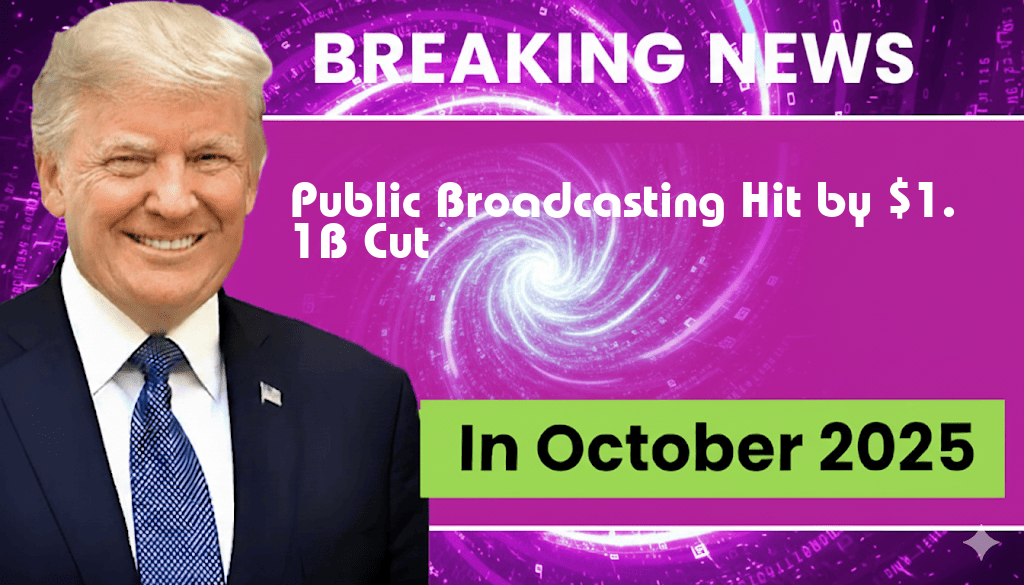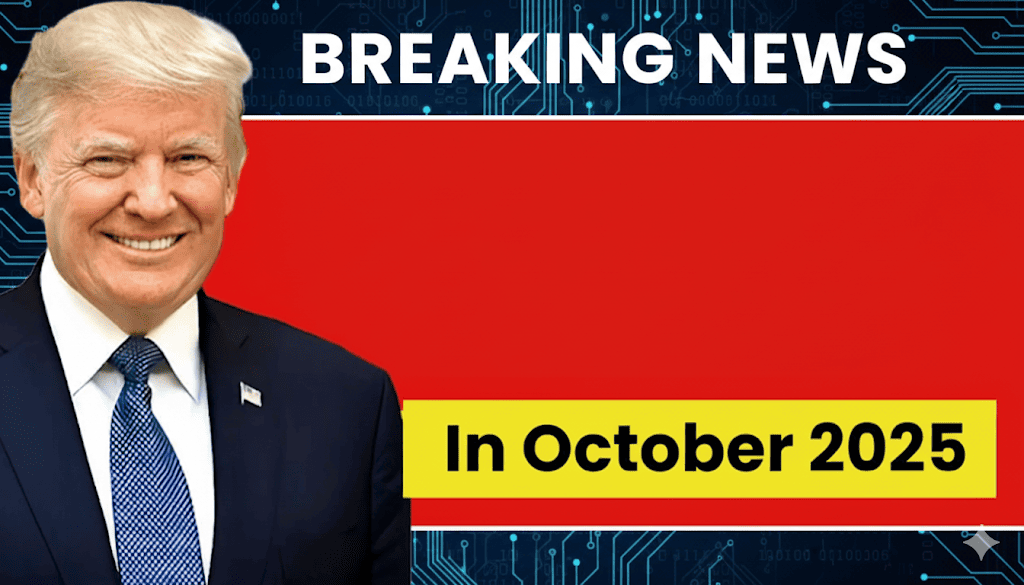In a significant policy shift, public broadcasting is bracing for a drastic funding reduction as the Rescissions Act proposes a cut of $1.1 billion to federal support. This move has sent shockwaves through the industry, raising concerns about the sustainability of public media services that millions of Americans rely on for news, education, and entertainment. The proposed cut represents a substantial portion of the annual budget for public broadcasting entities such as the Corporation for Public Broadcasting (CPB), which oversees funding for National Public Radio (NPR) and Public Broadcasting Service (PBS) stations. Advocates warn that the loss of such funding could lead to program cancellations, layoffs, and diminished quality in programming, ultimately impacting local communities across the nation.
Details of the Rescissions Act
The Rescissions Act, which aims to reduce federal spending, has sparked debate among lawmakers and stakeholders in the broadcasting community. Proponents of the cuts argue that they are necessary to address the federal budget deficit, while opponents contend that the proposed reductions undermine the crucial role public broadcasting plays in informing and educating the public.
Impact on Public Broadcasting
- Job Losses: With funding slashed, public broadcasters may be forced to lay off staff, threatening jobs across the sector.
- Program Cuts: Essential programming that serves educational and cultural purposes could face cancellation or significant reduction in quality.
- Community Access: Local public broadcasting stations, which often provide unique programming tailored to community needs, may struggle to survive.
Responses from Industry Leaders
Public broadcasting leaders have been vocal about their concerns surrounding the proposed cuts. Patricia Harrison, the President and CEO of CPB, stated, “The proposed funding cut would threaten the very foundation of public media, which serves as a vital resource for communities, especially in times of crisis.” Many experts emphasize that public broadcasting offers diverse programming that often addresses topics overlooked by commercial media.
Public Support for Broadcasting
Public sentiment appears to favor maintaining and even increasing funding for these services. Recent surveys indicate that a majority of Americans value public broadcasting for its educational content and local programming. A report from the Pew Research Center revealed that 70% of respondents believe public broadcasting is important to democracy and civic engagement.
Historical Context of Public Broadcasting Funding
| Year | Federal Funding ($ Billion) | Percentage Change |
|---|---|---|
| 2010 | 1.0 | – |
| 2015 | 1.4 | 40% |
| 2020 | 1.5 | 7% |
| 2023 (Projected) | 0.4 | -73% |
The Future of Public Broadcasting
As the Rescissions Act moves through Congress, industry advocates are mobilizing to protect public broadcasting funding. Campaigns aimed at raising awareness and lobbying for continued support are underway, with calls for public engagement and outreach. Experts suggest that the future of public broadcasting hangs in the balance, dependent not only on legislative outcomes but also on public support and advocacy efforts.
Conclusion
The potential $1.1 billion funding cut to public broadcasting through the Rescissions Act represents a critical challenge for the sector. As the debate unfolds in Congress, stakeholders urge citizens to advocate for the preservation of public media, emphasizing its importance in fostering informed communities and a healthy democracy. For more information on the implications of these cuts, interested readers can visit CPB’s official website and Pew Research Center.
Frequently Asked Questions
What is the Rescissions Act and how does it affect public broadcasting funding?
The Rescissions Act is a legislative measure that proposes a total funding cut of $1.1 billion to various programs, including public broadcasting. This act aims to reduce federal spending by rolling back previously allocated funds, which could significantly impact the financial stability of public broadcasting services.
What are the potential consequences of the $1.1 billion funding cut?
The $1.1 billion funding cut could lead to severe consequences such as reduced programming quality, layoffs of staff, and the closure of local stations. Public broadcasting relies heavily on federal funding, and a decrease of this magnitude could undermine its ability to provide educational and cultural content to the public.
How can the public respond to the proposed cuts to public broadcasting?
The public can respond to the proposed cuts by contacting their local representatives to express their support for public broadcasting. Engaging in advocacy efforts, participating in campaigns, and raising awareness about the importance of public broadcasting can help demonstrate public demand for funding.
What are some alternatives to federal funding for public broadcasting?
Public broadcasting can explore various alternatives to federal funding, including increasing corporate sponsorships, enhancing membership drives, and seeking grants from non-profit organizations. These methods can help mitigate the impact of funding cuts and sustain operations.
What resources are available for those who want to learn more about public broadcasting issues?
Individuals interested in learning more about public broadcasting issues can visit websites of organizations such as the Corporation for Public Broadcasting and National Public Radio. These resources provide updates, research, and advocacy information regarding the challenges and developments facing public broadcasting.



